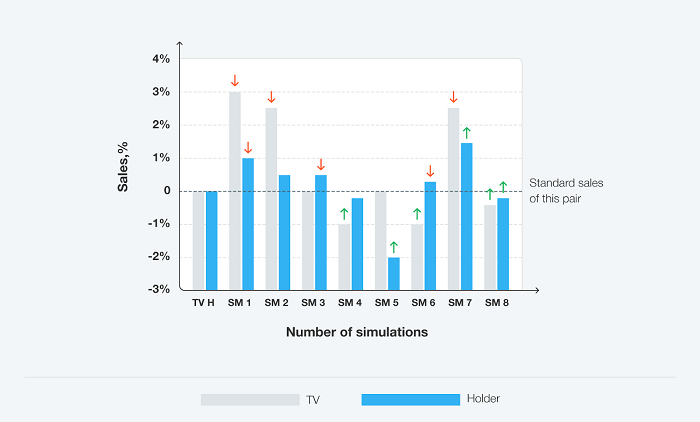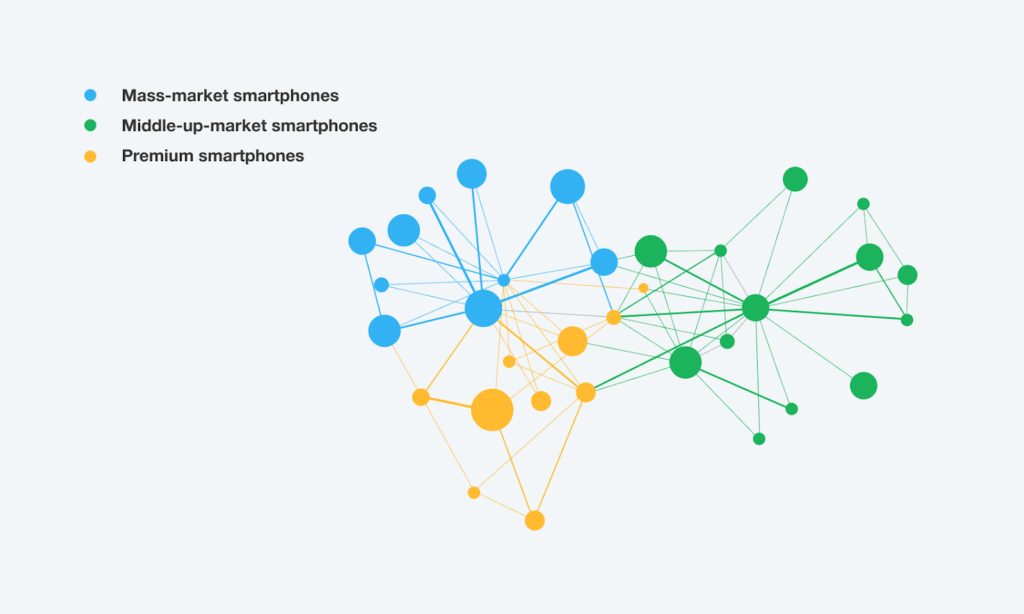
In this special guest feature, Vladimir Kuchkanov, Pricing Solution Architect at Competera, examines how data scientists often forget about classics while good old algorithms are still relevant and efficient. In particular, Monte Carlo method (MCM) pops up in mind. Among many fields of its application, MCM has established itself as a solid solution in price prediction and automation of pricing rules in retail. Like any analytical approach, MCM has limitations and inaccuracies. Despite this, many fields, including retail, still utilize it.
Currently, data scientists praise various supervised and unsupervised solutions. Unfairly, more experts forget about classics while good old algorithms are still relevant and efficient. And Monte Carlo method (MCM) pops up in mind. Among many fields of its application, MCM has established itself as a solid solution in price prediction and automation of pricing rules in retail.
From Solitaire to Powerful Tool
As many practical solutions, the basic idea of MCM was born spontaneously. In the pre-computer era, Stanislaw Ulam wondered what the chances of successful Canfield solitaire laid out were. To examine it, the scientist intentionally declined combinatorial calculations and considered statistical sampling with an increased number of simulations. Simply put, the more simulations of one process we have, the more accurate prognosis we can receive. This became a core notion of Monte Carlo simulations (MCS).
With time, analysts obtained computers, the method evolved and got empowered by machine learning (ML) capabilities. Even though there are disputes on the definition of Monte Carlo method (some scientists classify it as a stochastic simulation; some categorize it as a repeating simulation with deterministic nature), it is used in statistical physics, engineering, geostatistics, and, as it was outlined above, in pricing.
MCM and ML – the Best Duo in Price Testing
At first glance, retail pricing seems to be pretty simple: it can be done in a primitive table via the manual change of products’ prices. In fact, this practice doesn’t work in 2020, while prices still matter much.
The naive approach cannot solve the pricing issues of big retailers; it does not take into account the external factors. For example, it is nearly impossible or even preposterous to manually test prices of a good within a category of similar goods, cross categories, with new products emerging, etc. Even more, competitors, promos, sales, prices cannibalization, loyalty programs, and other influencers make modern retail vigorous.
To deal with the pricing challenges, retailers asked data scientists for help. An average retailer has thousands of items to price and dozens of factors to assess. Fortunately, MCS can solve these challenges with confidence. Pricing simulations based on the Monte Carlo approach and driven by deep learning (DL) have three key advantages comparing to any econometric or other models of price projecting.
Predict how the price of one product affects a key metric
In price testing, speed and volumes are two major opportunities provided by MCM. The algorithm allows to quickly track how one primary metric (for instance, a company’s revenue) modifies under the effects of other factors.
As an illustration, a price architect may take one product (Smartphone A), change its price gradually ($10 per simulation), and forecast its sales during a set time considering market rules. Then, the expert can choose another product or change the step of the previous simulation. After this, the obtained data of each test can be combined and compared in order to understand how price changes of some products influence the company’s revenue.

This is a single scenario while DL solutions can proceed with thousands of such simulations during a short period. As a result, a retailer has a pattern of tested prices; there is no need to experiment in real-life conditions.
Find and track correlations of same-category products
Monte Carlo method driven by deep learning (MCM-DL) facilitates retailers efforts to tracking the behavior of similar products within the category. Experts simulate the price of Smartphone A, examine how the alteration affects Smartphone B and vice versa. Needless to say, the number of comparing same-category items may be substantially bigger.
To get more precise statistics, it is critical to use a price confidence interval of a tested product. The findings can help retailers to find out in what number of cases the price change meet the compliance level and set an optimal price for a tested product in terms of existing market rules and conditions.
Evaluate complementary goods and adjacent segments
Using MCM-DL, experts can test the behavior of complementary (paired) goods. For example, how changes of TV X prices correlate with sales of TV holder A, and more.

Again, this is a simplified visualization. Giant retailers may have hundreds yet thousands of paired goods, price testing of which can be effortlessly done by deep learning.
Also, one can test how adjacent segments (cross categories) will behave. It means, there are mass-market smartphones, middle-up-market devices, and premium ones. The price simulations aimed at the items of these categories can give insights into the dependencies and sale fluctuations of neighboring products.

Ultimately, a retailer gets graphs of links and impacts between goods of the same category, goods of adjacent segments, their interactions, etc. This data is highly valuable for establishing timely discounts, forecasting sales of new products, and more.
Conclusion
Like any analytical approach, MCM has limitations and inaccuracies. Despite this, many fields, including retail, still utilize it. MCM-DL works impressively in the dynamic and oversaturated modern retail industry. It assists data scientists and price architects in conducting price testing. It solves retailers hurdles related to choosing optimal prices for their products according to pricing rules. Finally, we as buyers get more bargains.
Sign up for the free insideBIGDATA newsletter.




Speak Your Mind